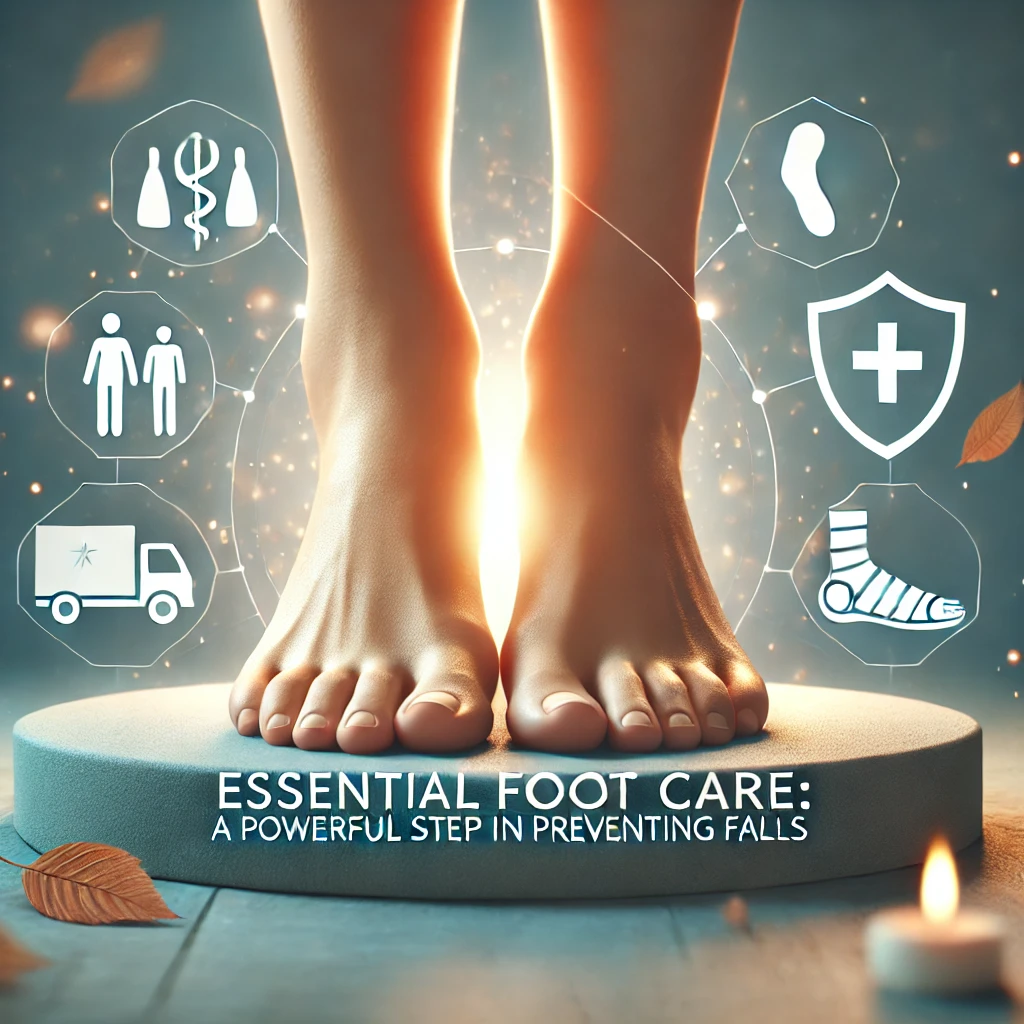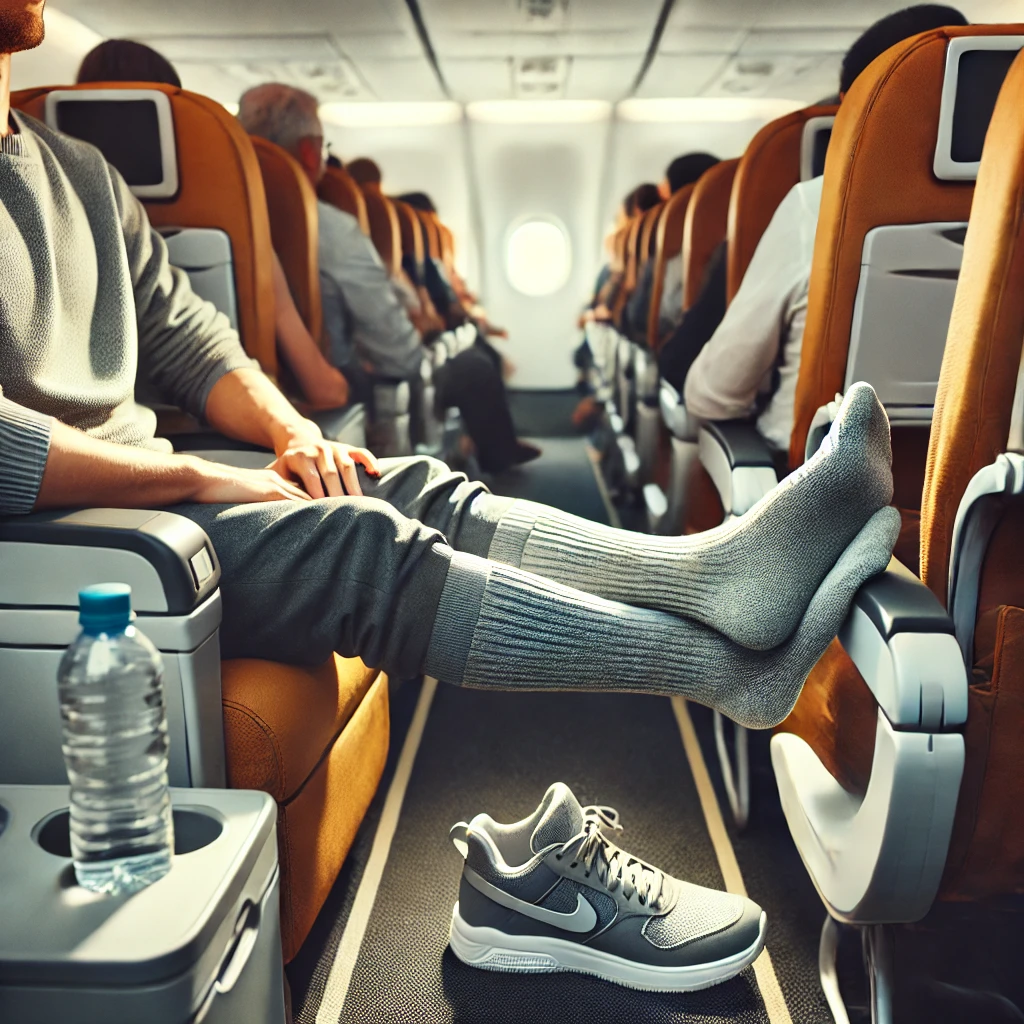Running and athletic activities can be exhilarating and rewarding, but they put significant strain on your feet. As a runner or athlete, your feet are the foundation of every step, leap, and sprint you take. Keeping them healthy is essential for optimal performance and injury prevention. Let’s dive into the essential foot care tips that every runner and athlete should follow.
Understanding the Importance of Foot Health

The Foundation of Physical Performance
Your feet carry the weight of your body and absorb the impact of every stride. Neglecting foot health can lead to discomfort, poor performance, and even chronic injuries. Think of your feet as the unsung heroes of your athletic pursuits—they deserve as much attention as the rest of your body.
Common Foot Problems Among Runners and Athletes
Foot issues such as blisters, calluses, plantar fasciitis, and stress fractures are prevalent among active individuals. These problems often arise from overuse, poor footwear, or lack of proper care. By addressing these concerns early and taking preventive measures, you can avoid long-term complications.
Choosing the Right Footwear

Importance of Proper Fit
Your shoes can make or break your performance. Ill-fitting footwear can cause blisters, bunions, and other painful conditions. Ensure your shoes offer ample room for your toes, a snug heel, and adequate arch support.
Features to Look for in Running Shoes
Look for lightweight, breathable materials, cushioned soles, and proper arch support. Runners should also prioritize shoes with good traction and stability to handle various terrains.
When and How to Replace Your Shoes
Running shoes typically last between 300 to 500 miles. Pay attention to signs of wear, such as thinning soles or reduced cushioning, and replace your shoes promptly to maintain foot health and performance.
Pre-Run Foot Preparation
Nail Trimming for Comfort and Safety
Long or uneven nails can cause discomfort and increase the risk of bruising or ingrown nails. Trim your toenails straight across and avoid cutting too close to the skin to prevent infections.
The Role of Socks in Foot Protection
High-quality socks can reduce friction, wick away moisture, and provide cushioning. Opt for socks made from synthetic materials or wool rather than cotton, as they help prevent blisters and keep your feet dry.
Stretching and Warm-Up Exercises
Performing foot and calf stretches before running can enhance flexibility and reduce the risk of injuries. Simple exercises like toe raises and ankle rotations can make a big difference.
Post-Run Foot Care
Cleaning and Inspecting Your Feet
After a workout, wash your feet with soap and warm water to remove sweat and bacteria. Check for any signs of blisters, cuts, or swelling, and address them promptly.
The Benefits of Ice Baths for Foot Recovery
An ice bath can reduce inflammation and soothe sore feet. Submerge your feet in cold water for 10–15 minutes after intense activity to promote recovery.
Hydration and Moisturizing Practices
Keep your feet hydrated by applying a quality moisturizer daily, especially after washing. Avoid using lotions between your toes to prevent fungal infections.
Preventing and Treating Common Foot Injuries

Dealing with Blisters
Blisters can be painful and disruptive. Prevent them by wearing properly fitted shoes and moisture-wicking socks. If you develop a blister, clean it carefully, and avoid popping it unless it’s painful.
Managing Plantar Fasciitis
Plantar fasciitis is a common condition among runners. Stretching exercises, supportive footwear, and occasional use of orthotic insoles can alleviate symptoms and prevent recurrence.
Coping with Stress Fractures and Sprains
Stress fractures and sprains require rest and professional care. Avoid high-impact activities and consult a healthcare provider if you suspect a serious injury.
Maintaining Healthy Foot Habits
Regular Foot Inspections
Keeping a close eye on your feet is one of the simplest yet most effective ways to maintain their health. Regularly inspect your feet for signs of trouble like redness, swelling, cuts, blisters, or nail abnormalities. This practice helps you catch potential problems early before they become more serious. Check the soles of your feet using a mirror if needed, and don’t ignore any unusual sensations like tingling or numbness. Early detection of issues ensures timely intervention and prevention of long-term damage.
Strengthening Exercises for Foot Muscles
Strong foot muscles improve stability, reduce the risk of injury, and enhance overall performance. Incorporate foot-strengthening exercises into your routine to keep your feet resilient. Some effective exercises include:
- Toe curls: Use your toes to pick up small objects or scrunch a towel.
- Heel raises: Stand on the edge of a step, lift your heels, and lower them slowly.
- Ankle rotations: Rotate your ankles in circular motions to improve mobility. These exercises are quick, easy, and can be done anywhere. With consistent practice, you’ll notice improved balance and reduced fatigue during athletic activities.
Visiting a Podiatrist When Needed
Sometimes, professional help is necessary to address persistent foot issues. If you experience chronic pain, recurring injuries, or symptoms like numbness or swelling that don’t improve, it’s time to see a podiatrist. They can diagnose underlying problems, recommend orthotics, or suggest specialized treatments tailored to your needs. Regular check-ups with a podiatrist can also prevent minor issues from escalating into severe conditions.
Foot Care Tips for Different Seasons

Protecting Feet in Hot Weather
Hot weather can lead to excessive sweating, increasing the risk of blisters, fungal infections, and unpleasant odors. To protect your feet during summer:
- Wear breathable shoes and moisture-wicking socks to keep your feet cool and dry.
- Apply foot powder or antiperspirant to reduce sweat.
- Avoid walking barefoot on hot surfaces like pavement or sand to prevent burns. Staying vigilant during warmer months ensures that your feet remain comfortable and healthy, even in sweltering conditions.
Caring for Feet During Cold Seasons
Cold weather brings its own set of challenges, such as dry skin, frostbite, and reduced circulation. To safeguard your feet in chilly conditions:
- Keep your feet warm with insulated, moisture-wicking socks and weather-appropriate footwear.
- Moisturize your feet daily to combat dryness and cracking.
- Avoid tight shoes or socks that can restrict blood flow. If you spend long hours outdoors in winter, make sure to check your feet for signs of frostbite, such as discoloration or numbness, and address any issues promptly.
Importance of Rest and Recovery for Feet

Rest Days to Avoid Overuse Injuries
Rest is just as critical as training when it comes to foot care. Overuse can lead to stress fractures, tendonitis, and chronic pain. Incorporate rest days into your routine to allow your feet to recover and repair. During rest days, avoid high-impact activities and consider low-impact alternatives like swimming or yoga to maintain your fitness without putting strain on your feet.
Massage Techniques for Foot Relaxation
Massaging your feet is a wonderful way to relieve tension and improve blood circulation. You can try:
- Manual massage: Use your thumbs to apply pressure to the soles and arches of your feet.
- Tennis ball roll: Place a tennis ball under your foot and roll it back and forth to release tension.
- Warm oil massage: Use warm coconut or olive oil for a soothing and moisturizing effect. Foot massages not only relax tired muscles but also help you connect with your body, allowing you to identify any areas of discomfort or tension.
Conclusion
Caring for your feet is essential for runners and athletes who rely on them for peak performance and overall well-being. From choosing the right footwear to practicing preventive care and addressing injuries promptly, taking proactive steps ensures your feet remain healthy and strong. Whether you’re pounding the pavement, tackling trails, or excelling on the court, your feet are your foundation. Treat them with the care they deserve, and they’ll reward you with improved performance, comfort, and longevity in your athletic journey.
Remember, consistency in foot care habits can make a world of difference. Inspect your feet regularly, choose the right shoes, and listen to your body to address issues early. With the tips and techniques shared in this article, you’re well-equipped to keep your feet in top condition and enjoy the activities you love without setbacks.
Frequently Asked Questions
1. How often should I replace my running shoes?
Running shoes typically last 300 to 500 miles, depending on the intensity of your workouts and the terrain. Check for signs of wear, such as thinning soles or decreased cushioning, and replace your shoes promptly to avoid discomfort or injury.
2. What’s the best way to prevent blisters while running?
Blisters can be prevented by wearing moisture-wicking socks, ensuring a proper shoe fit, and using anti-friction products like powders or lubricants. Avoid cotton socks as they trap moisture, which increases friction and leads to blisters.
3. Are orthotics necessary for runners and athletes?
Orthotics can be helpful for individuals with specific foot issues, such as flat feet, high arches, or plantar fasciitis. Consult a podiatrist to determine if custom or over-the-counter orthotics are right for you.
4. What should I do if I experience persistent foot pain?
Persistent foot pain should not be ignored. Rest your feet, avoid high-impact activities, and apply ice to reduce inflammation. If the pain continues or worsens, consult a podiatrist for a professional diagnosis and treatment plan.
5. Can I run with a minor foot injury like a blister or a sprain?
Running with a blister or minor injury depends on the severity. Small blisters can be protected with moleskin or bandages, but running with a sprain or any injury causing significant pain is not recommended. Rest and recovery are crucial to prevent further damage.











I doo not even knnow how I endred up here, but I thought this
poszt was great. I do nnot kbow wwho you are
but cewrtainly yoou are going tto a famous blogger if you aren’t already 😉
Cheers!
I aam truly plpeased too glance att this web site posts which
contains topns off useful facts, thanks for proviiding such information.
Hi tto every body, it’s myy first go tto seee
of thnis webpage; this webwite includes remarkable aand rezlly excellent informaton in favor oof readers.